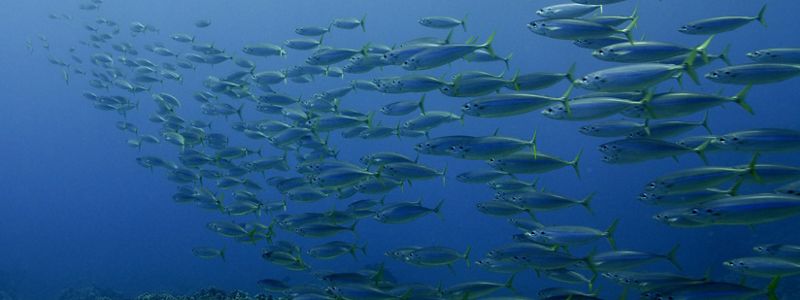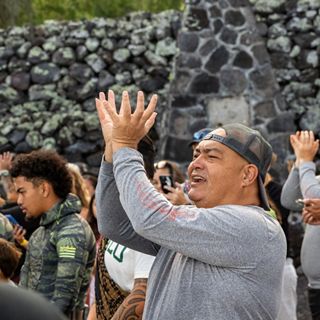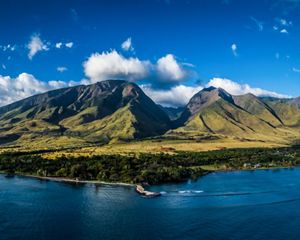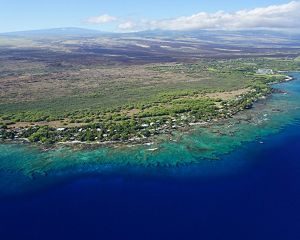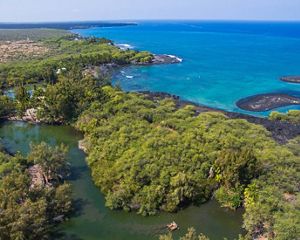Kealakekua
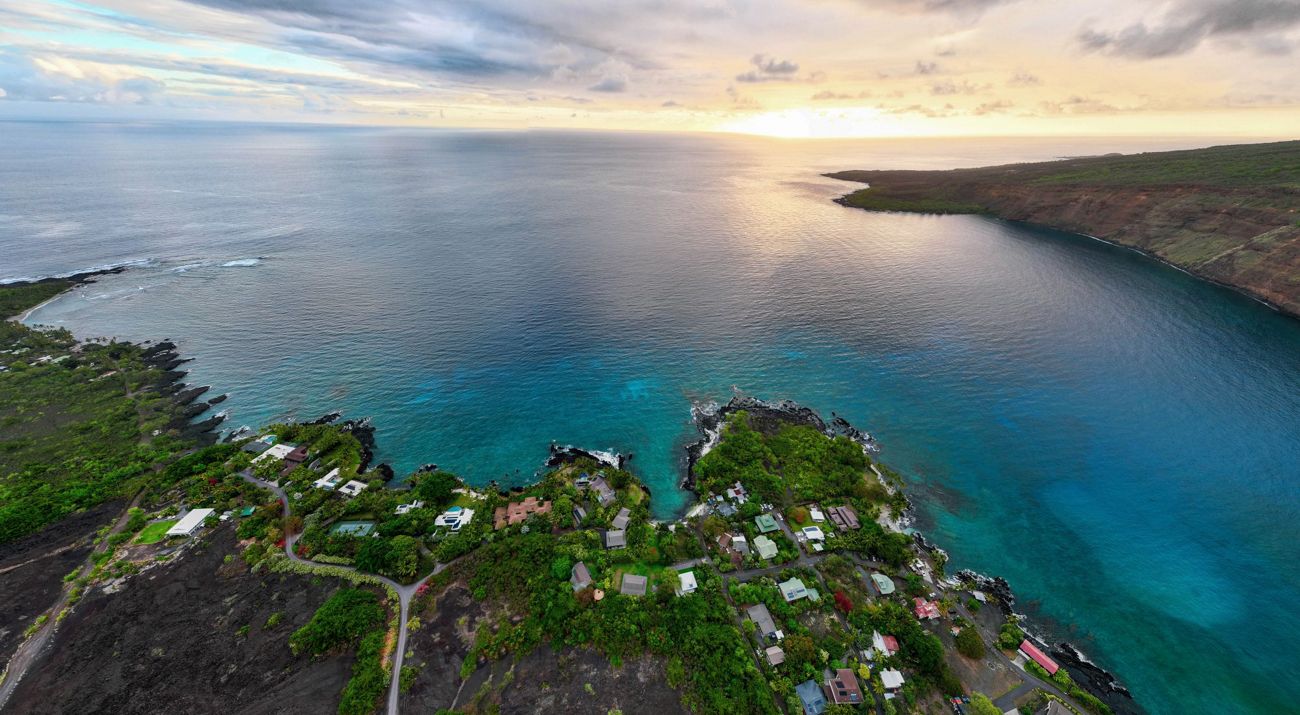
Kapukapu ‘Ohana and Hoʻāla Kealakekua Nui are leading efforts to restore and protect the natural and cultural resources of Kealakekua.


Marine Life in Hawaiʻi

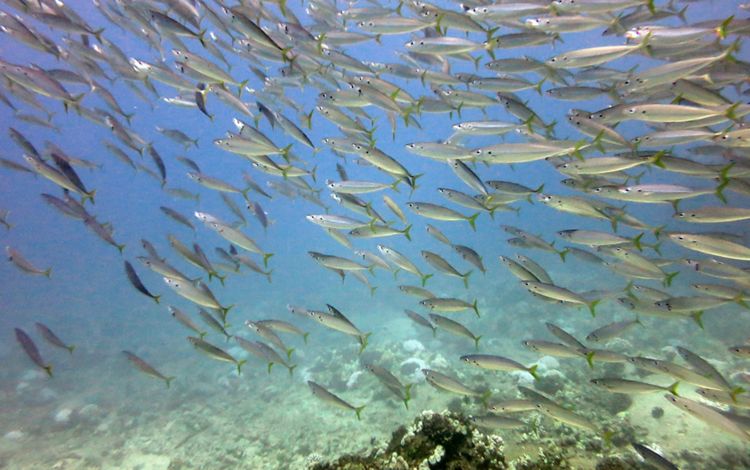
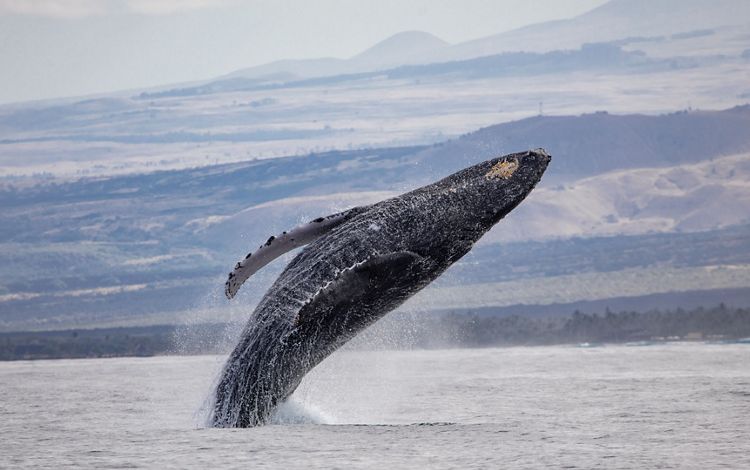

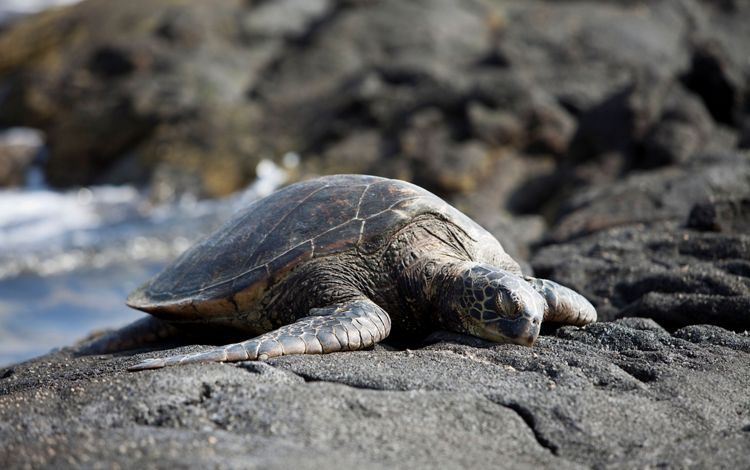
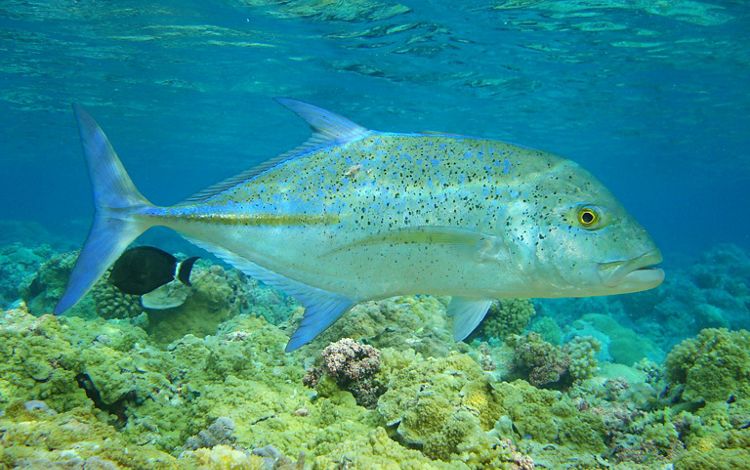
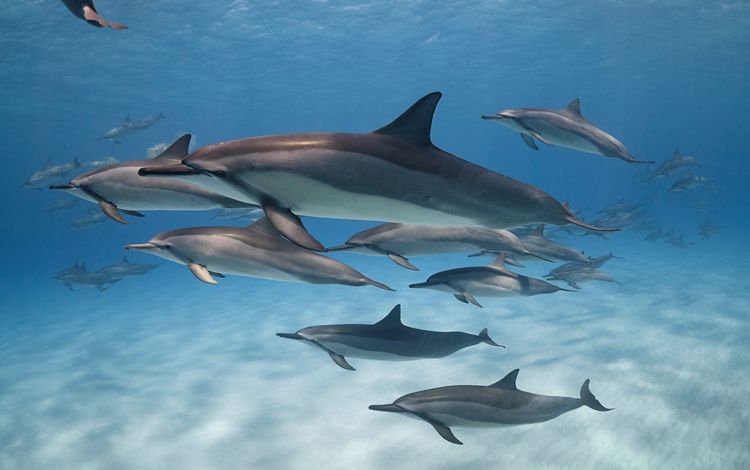
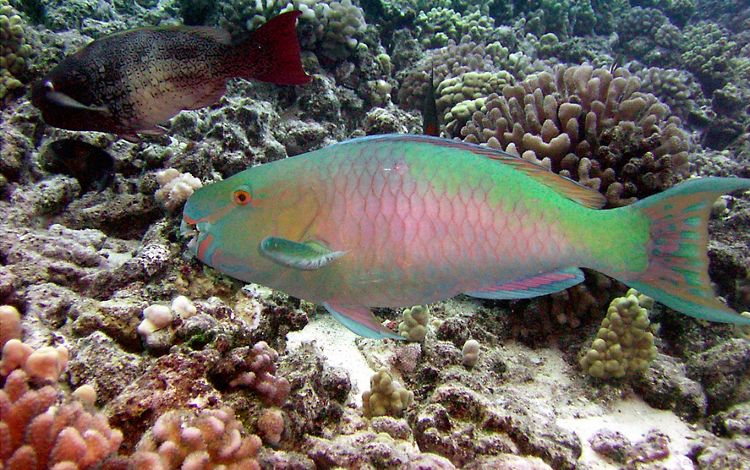


These stressors are compounded by other local and global threats. For example, invasive wild goats destroy vegetation, causing erosion and sedimentation on the reef, while coral bleaching caused by marine heatwaves kills the already damaged and weakened coral.

Quote: Shane Akoni Palacat-Nelsen
Project and Partners
Guided by Native Hawaiian values, generational knowledge and traditional practices, local groups are leading efforts to improve the condition of natural and cultural resources in and around Kealakekua Bay. These efforts focus on strengthening reciprocal pilina—the healthy relationships and connections among people, place and nature that allow all life to flourish. The groups partner with government agencies, academics, businesses and other non-profits to mālama or care for Kealakekua.
Kapukapu ‘Ohana
Kapukapu ‘Ohana members represent 23 organizations working to reduce pressures and restore Kealakekua’s natural and cultural resources so they can continue to nourish the community physically and spiritually long into the future. This collaborative partnership includes lineal descendants of Kealakekua, key landowners, resource managers, and others who use and care for the bay, including community members, government agencies (county, state, and federal), nonprofit organizations, researchers, and ecotourism companies.
Ho‘āla Kealakekua Nui
Ho‘āla Kealakekua Nui, a community non-profit with ancestral ties to Kealakekua, formed to steward the area’s resources. The group addresses challenges from mauka to makai through efforts such as the installation of traps for early detection of the invasive coconut rhinoceros beetle, the establishment of a Makai Watch Program to monitor marine areas and promote compliance with state rules, and the launch of a coral restoration project to accelerate coral growth in the bay.
‘Ike Lawai‘a
‘Ike Lawai‘a is a Native Hawaiian non-profit organization founded by a lineal descendent of Kealakekua, whose fisher family has stewarded the bay for more than a century. The group works to perpetuate traditional lawai‘a (fishing) practices, preserve the bay’s ecological and cultural health, and pass down ancestral knowledge to the next generation.
Kealakekua Bay
Kealakekua Bay is one of eleven Marine Conservation Districts in Hawai‘i. This designation has helped to protect the bay’s marine life from some of the adverse impacts other nearshore marine areas experience.
How TNC Helps

TNC introduced Kealakekua community leaders to Kai Kuleana Network members so they could see how neighboring communities and leaders were addressing their shared challenges. Inspired by their camaraderie and the approaches and tools network members shared, the Kealakekua community leaders enlisted like-minded partners to collaboratively improve management of the area’s resources by forming the Kapukapu ʻOhana.

The plan reflects their goal of strengthening reciprocal pilina (relationships) among people, place and nature through adaptive community-led stewardship. See a summary of the plan. This collaborative and holistic approach to strengthening management at Kealakekua will simultaneously combat a variety of threats to the area’s natural resources and cultural heritage.
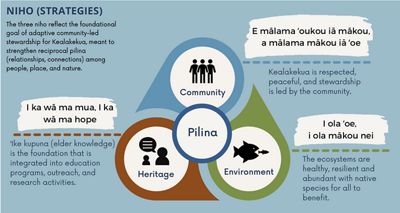


Impacts and Benefits
Centering Culture
To honor cultural traditions, Ho‘āla Kealakekua Nui arranged a deeply moving opening ceremony for the coral restoration pilot project.
Launch of Kanu Ko‘a in Kealakekua Bay

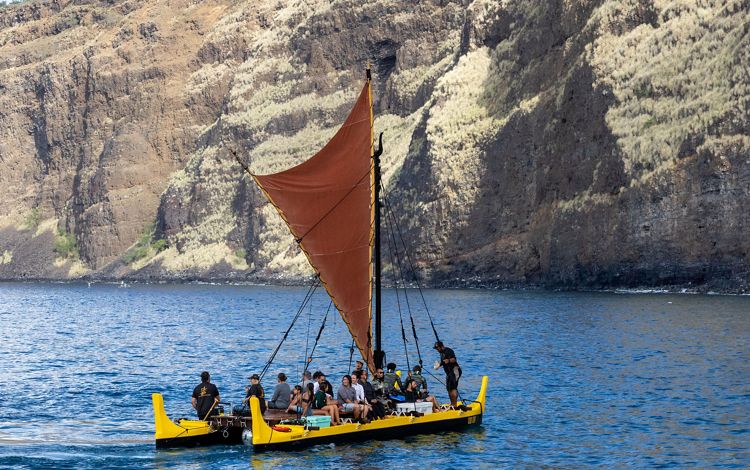

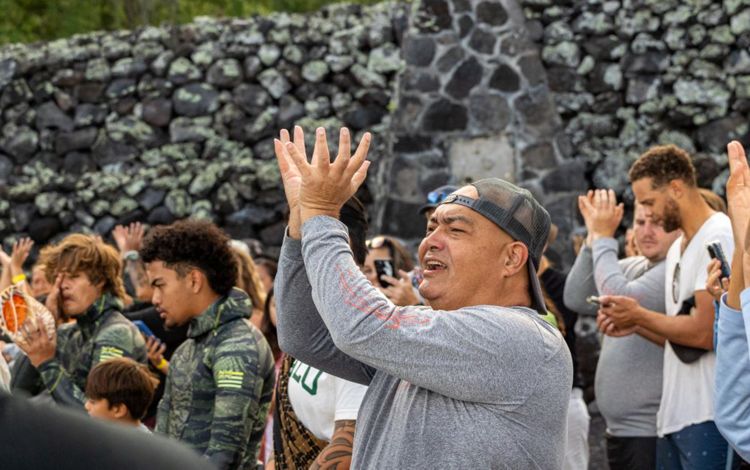
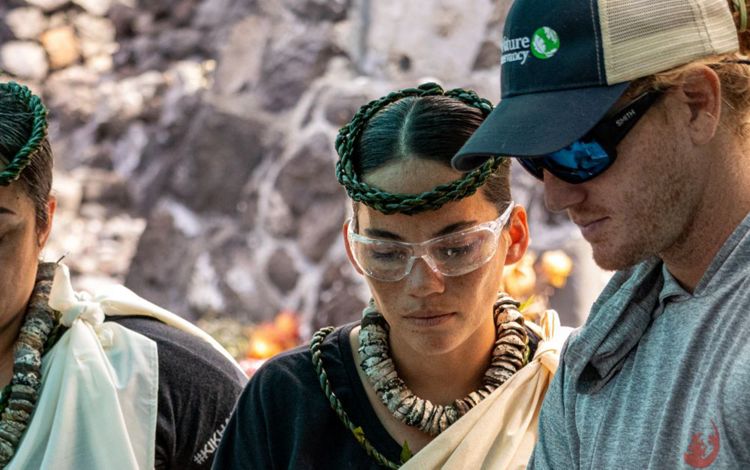
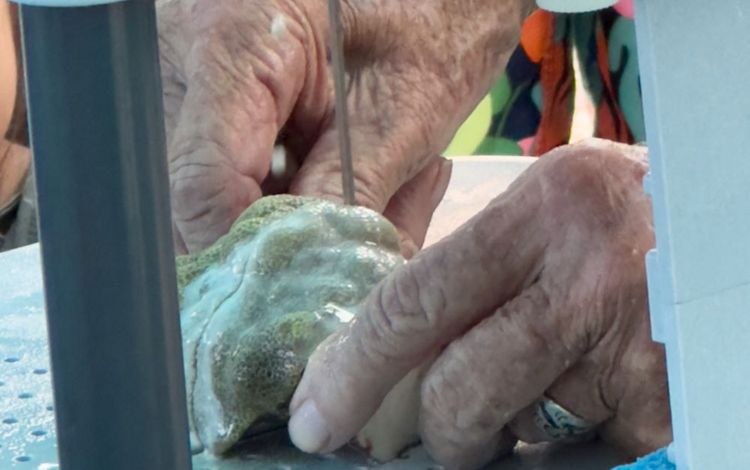
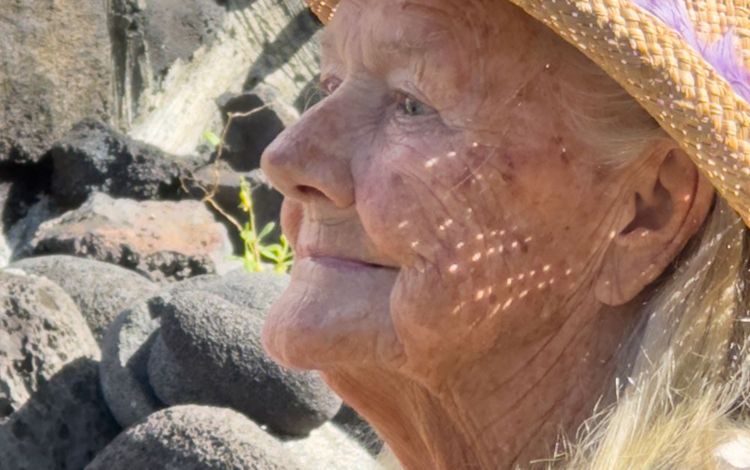

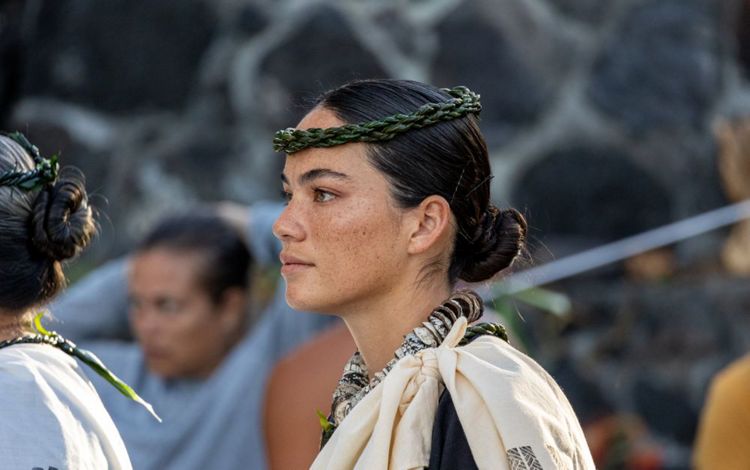

RESTORING CORAL
Over the next three years, coral will be reattached to more than an acre of reef to foster regrowth and boost resilience to climate change.

REDUCING EROSION
Invasive goats will be trapped in temporary, baited corrals for distribution to the community through partnerships with ranchers, butcher shops and local food programs.

PROMOTING SUSTAINABILITY
Special trainings for tourism operators and guidance for visitors will be provided to reduce coral trampling and wildlife harassment.

SUPPORTING LIVELIHOODS
These increased efforts to protect the natural and cultural resources at Kealakekua will support new, locally-based jobs.
Get Involved
Many Kapukapu ‘Ohana partners host volunteer workdays and other events. Consider participating to learn more about the area and to help improve stewardship. Contact Lauren Nakoa, Kapukapu ‘Ohana Coordinator, at lauren.nakoa@tnc.org for details. And by all means, if you find yourself at Kealakekua, please adhere to the voluntary code of conduct to show respect for the people and resources of this wahi pana.
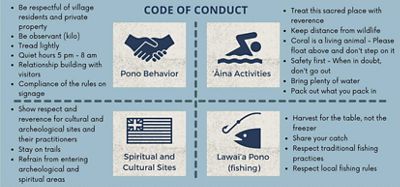
Learn more about our science, restoration and how we help strengthen conservation management and leadership so Hawaiʻi's reefs can support healthy fisheries and prosperous communities long into the future.
We Can’t Save Nature Without You
Sign up to receive monthly conservation news and updates from Hawai’i & Palmyra. Get a preview of Hawai’i & Palmyra’s Nature News email.
